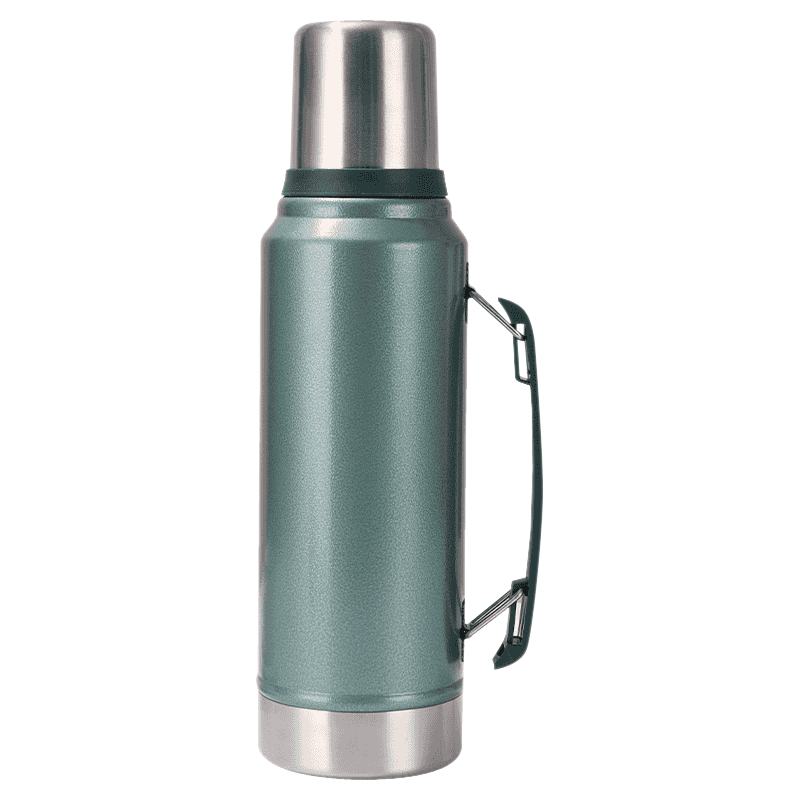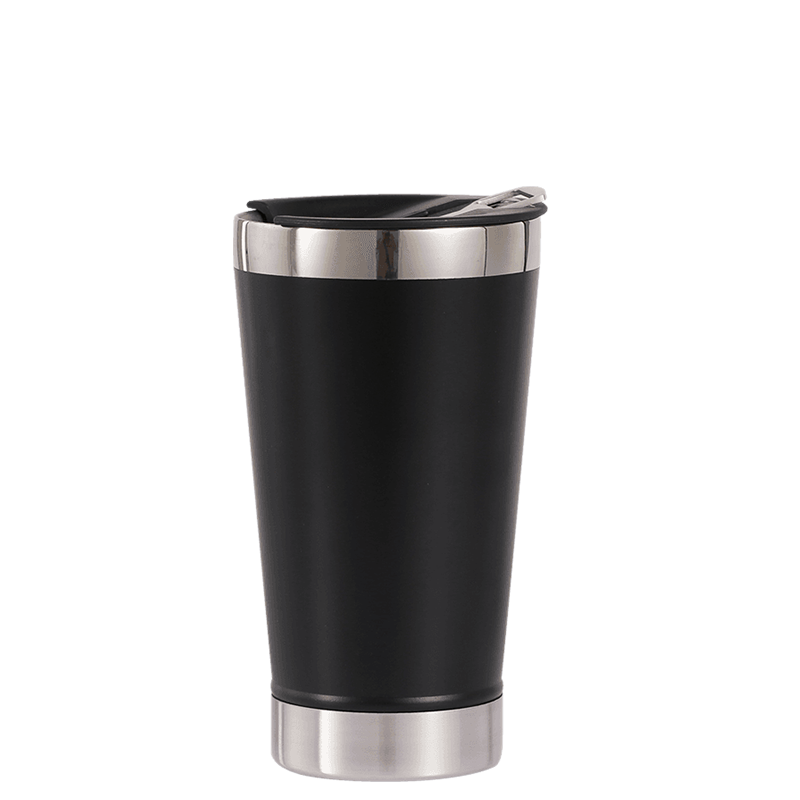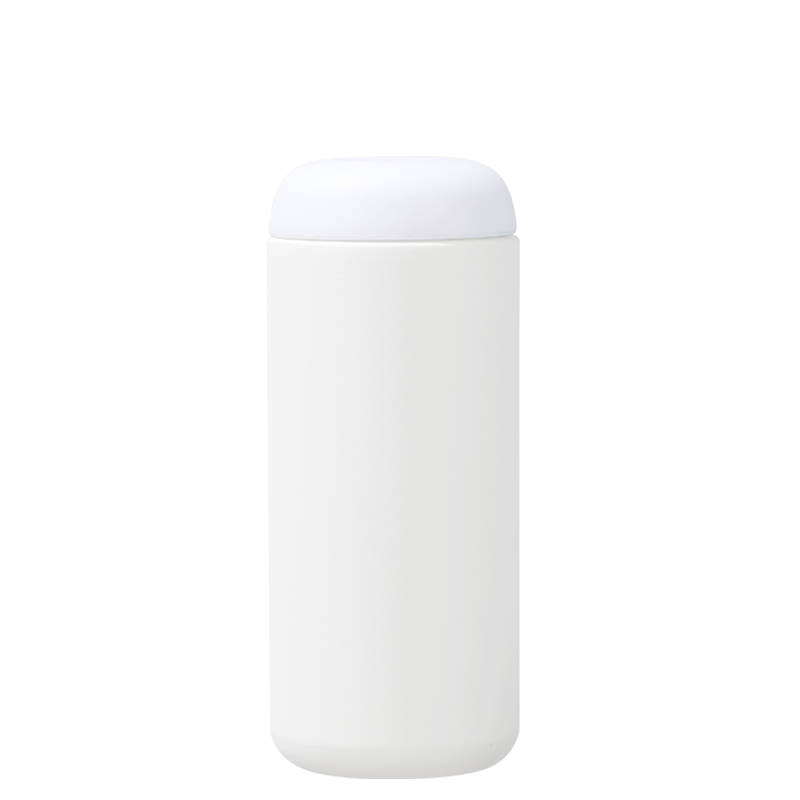
+86-13566758039

Industry News
Commuting patterns are shifting as companies update their office policies, and in the middle of many drivers' morning rituals the Thermos Car Mug sits between steering wheel and coffee — acting as both a comfort item and a technical product that needs to survive bumps, turns, and temperature swings. There's nothing more disappointing than reaching for your caffeine boost only to find lukewarm liquid or, worse, discovering coffee stains spreading across your car seats. The thermos car mug has become an essential item for modern commuters, but what separates the truly spill-proof designs from those that merely claim to be? The secret lies in an intricate combination of intelligent engineering, precise material science, and user-informed design that work in concert to protect both your beverage and your vehicle.
The fundamental challenge for any thermos car mug is combating the laws of physics during sudden stops, sharp turns, and unpredictable road conditions. While leak resistance is commonly claimed, actual performance varies during routine commutes.
At the heart of every reliable travel mug lies its sealing system, typically composed of several interconnected components. The primary defender against leaks is a flexible food-grade silicone gasket that creates an airtight and watertight barrier between the mug's body and its lid. This material maintains elasticity through repeated use and exposure to temperature fluctuations, ensuring the seal remains secure over time. The dimensional accuracy of these precision-molded components proves critical to their effectiveness—even a millimeter of discrepancy can compromise the entire system.
Beyond the basic seal, advanced mugs incorporate multiple gaskets within complex lid designs. The main seal prevents leaks between the lid and mug, while smaller secondary seals manage the moving parts of the drinking mechanism. This multi-layered approach creates redundant protection layers, so even if one seal experiences temporary compromise, others maintain containment.
Pressure-activated closure systems in enhanced models represent a notable design feature. These innovative designs leverage internal pressure created by heated contents to strengthen the seal. As liquids expand from heat, the increasing pressure forces the sealing gasket more tightly against the lid or mug wall, enhancing leak-proof security similar to the pressure seal on a pressure cooker. This intelligent design actually uses the natural behavior of hot beverages to reinforce protection.
If you want fewer drips at the lip during a sip, pay attention to three interacting elements: spout geometry, the closure method, and how users form a seal with their mouth.
Spout geometry: a narrow, contoured spout that directs liquid in a tight stream reduces the surface area exposed to air and so reduces stray droplets. Soft radiused edges that cradle the lower lip also reduce splatter.
Closure type: sliding seals that fully cover the spout when closed keep residual liquid from weeping out, while button-actuated valves tend to fling less liquid during opening because they open a small port rather than a full flap.
User technique: the way a person creates a lip seal affects dripping more than people expect. A consistent lip angle and a dry rim reduce the tendency for fluid to cling and then trickle down.
This combined approach explains why some slider lids are favored for sipping comfort while certain push-button systems shine in preventing upright drips after a sudden stop.
When commuter volumes change, two things happen for travel mug design teams: use cases diversify and margin for error shrinks.
Return-to-office and increased commute days mean mugs get used more frequently in cars with active traffic, which increases exposure to sudden stops and sharp turns. Product durability requirements become tighter and accessory ecosystems like replacement seals or spill-capture liners become more relevant.
Shifts toward flexible schedules create a hybrid use profile: mugs must be equally competent on a short errand and a long drive. That amplifies the importance of insulation performance and stain resistance for longer durations.
Commuter sustainability priorities make modular lids and replaceable parts commercially attractive, because consumers prefer durable, repairable goods that avoid disposable waste. Coverage for replacement gaskets is a recurring revenue channel for brands willing to support it.
The sealing technology represents just one part of the equation—the lid mechanism itself plays an equally crucial role in spill prevention during active use. Various approaches have emerged in the market, each with distinct advantages.
Locking lid systems, like that found on the Zojirushi Stainless Steel Mug, provide simple but effective security. Just closing the lid and switching the lock into position guarantees the top won't pop open unexpectedly—particularly valuable when carrying the mug in a bag. The effectiveness of this design has been proven through real-world testing, with countless commuters reporting no leaks even when mugs are tossed into crowded bags with other items.

Pressure-activated closures and twist-lock mechanisms approach the same problem from different mechanical philosophies.
Pressure-activated valves: these employ internal pressure to press a sealing cap into place. As liquid warms and expands slightly, internal pressure helps compress the gasket more tightly against the sealing surface. This makes the seal responsive to temperature shifts without additional user intervention.
Twist-lock and mechanical locks: these provide a positive mechanical restraint that physically clamps the lid components together. A twist-lock increases the normal force between the lid and body, which can be more forgiving of worn gaskets because the clamp compensates with extra contact force.
In practice, pressure-assisted designs offer a lower-perceived-effort experience for the user — the mug seals itself more tightly as needed — while mechanical locks give the user a tactile assurance that parts are latched even if gaskets are marginal. Product teams weigh tradeoffs such as added parts, user interaction complexity, and cleaning access when choosing a mechanism. Readers interested in real-world comparisons can find technical breakdowns of consumer implementations and how they behave in test conditions.
You can replicate typical road conditions with a few controlled steps:
Clean and assemble the lid following manufacturer instructions.
Fill to the recommended level with warm water and a small amount of dye or coffee to make leaks visible.
Secure the lid and perform repeated tilting tests, then short dropping tests from the height of a seat to simulate abrupt stops.
Open and close the drinking mechanism repeatedly to reveal wear patterns.
Run vibration tests by placing the mug in a basket that's being shaken gently to imitate potholes and rough roads.
After a thermal soak, inspect gaskets for compression set or shrinkage.
Thermos car mugs require consistent maintenance; even well-constructed models may develop seal degradation over time without regular upkeep. Maintenance plays a crucial role in long-term leak prevention, yet many users overlook this aspect until it's too late.
Regular cleaning of gaskets proves essential for maintaining performance. Seals should be periodically removed from the lid and washed with mild soap to prevent grime and coffee oils from compromising the seal. This simple practice prevents the gradual buildup of residues that can create micro-gaps in the sealing surface. Importantly, harsh chemicals should be avoided as they can damage the silicone material over time.
The drying process requires careful attention—trapped moisture can contribute to mold formation and material deterioration. All components should be thoroughly dried after washing, preferably air-dried overnight before reassembly. This practice is particularly crucial for mugs with complex lid mechanisms containing multiple small components where moisture can hide.
Periodic seal inspection helps identify wear before it leads to leaks. Users should examine gaskets for cracks, stiffness, or brittleness, which indicate it's time for replacement. Some manufacturers offer replacement seals, extending the functional lifespan of the mug considerably. For those who cannot find official replacements, food-grade silicone lubricants can occasionally restore flexibility to slightly hardened seals, though this represents a temporary solution at best.
Proper storage practices also contribute to seal longevity. When not in use, travel mugs should be stored with lids slightly loosened rather than fully sealed. This avoids constant compression of gaskets in fixed positions, which may cause persistent deformation over time. The practice also promotes air circulation, discouraging musty odor formation.
Beyond the primary sealing systems, several supplementary design elements contribute to a thermos car mug's ability to prevent spills during the dynamic conditions of a daily commute.
The fit in cup holders significantly impacts stability during transit. Mugs with tapered bases or specifically designed dimensions that match standard car cup holders experience less wobbling and vibration, reducing stress on the sealing systems. Some models incorporate non-slip bases with technologies like Griptec coating to prevent sliding, both in cup holders and when placed on other surfaces.
Weight distribution represents another consideration in spill-resistant design. Mugs with lower centers of gravity demonstrate greater stability and are less likely to tip over when placed in cup holders or on vehicle surfaces. This balanced design mitigates initial tipping, which could compromise reliable sealing systems.
The drinking experience itself influences spill potential. Spouts designed to create a good seal with the lips allow for controlled drinking without liquid escaping the sides. Some advanced designs feature splash guards that catch larger splashes while drinking, particularly valuable when consuming beverages while the vehicle is in motion.
Quick-cool ideas split into two camps: active thermoelectric systems and behavioral workarounds.
Active systems: electrically assisted mugs or cup-holder modules manage drink temperature precisely. This gives commuters a controllable pathway from too-hot to drinkable without waiting. Safety considerations include electrical isolation, over-current protection, and robust sealing to prevent liquids from contacting electronics.
Passive user methods: users often prefer simple tactics — pre-chill the mug, brew into an intermediate vessel, or pour back and forth to expose more surface area and release heat. These methods are low-cost and avoid the complexity of integrated electronics.
Flavor professionals caution that holding coffee at high temperature for extended periods can alter perceived taste, so a controlled cool-down into a drinkable band is sometimes desirable for enjoyment as well as safety. The market includes both passive solutions and electrically aided accessories for consumers who want quicker temperature adjustments.
Leave a small headspace below the rim to allow hot liquids to expand.
Secure the lid before starting to drive and use the lock feature when available.
Dry the drinking rim after each sip — a wet rim increases dripping.
Store a microfiber cloth or wipes in the console for immediate blots.
These gestures address frequent user-driven causes of stains and leaks and are simple to implement.
Through strategic material choices, multi-layer sealing systems, and user-focused design, Aijunware's thermos car mug maintains beverage temperature and structural integrity throughout typical commutes and extended use.
Your email address will not be published. Required fields are marked *








* Your email is safe with us, we don't spam.


Our company's products include vacuum flasks, beer mugs, coffee mugs, car tumbler, fire stove and tensile parts, etc.
Phone: +86-13566758039
Tel: +86-0579-87171178
Fax: +86-0579-87171178
E-mail: [email protected]
Add: No.29, Qiaodong Road, Qiaotouzhou Village, Longshan Town, Yongkang, Jinhua, Zhejiang, China.

 English
English 中文简体
中文简体 日本語
日本語 Français
Français Español
Español